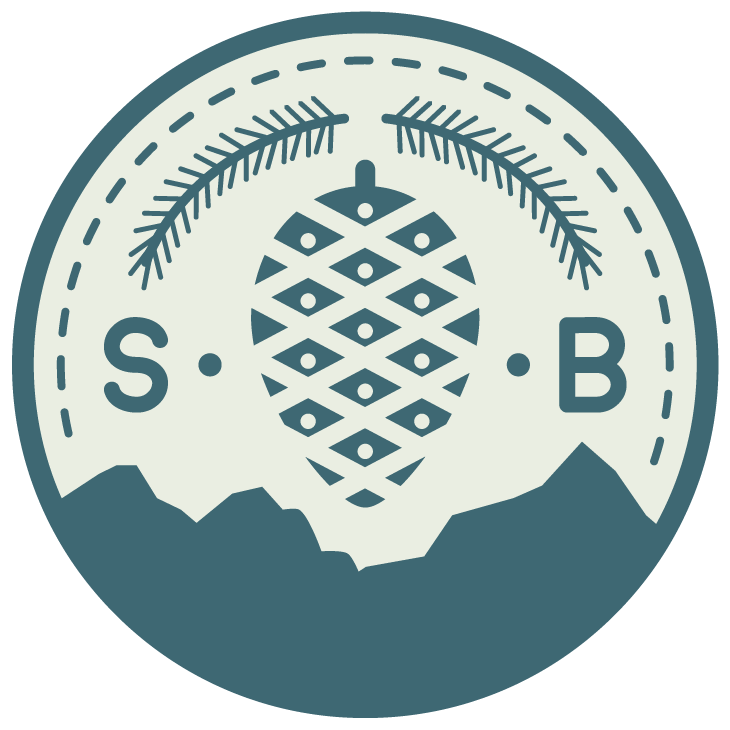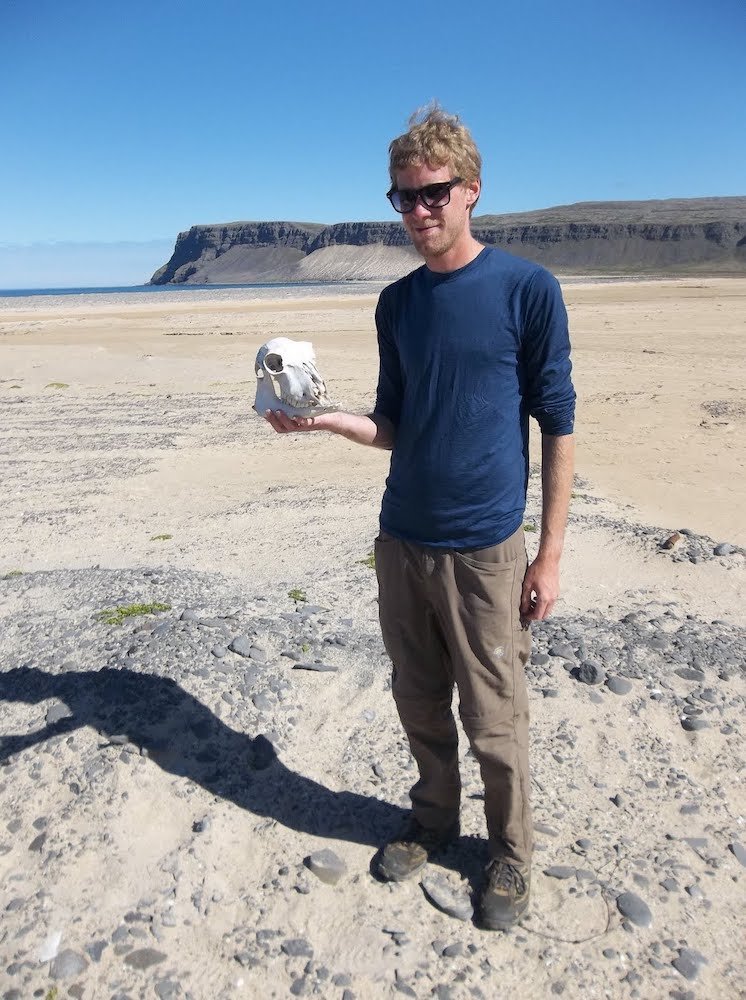Iceland Debriefing
A few months ago I told everyone I was going to Iceland for a while, doing the type of volunteer work that will always be trumped by the guy at the party who said he helped sick babies in Africa, conservation.
Nevertheless, it needs to be done, especially somewhere as pristine as Iceland. So now that I’m back, I suppose I should write a little bit about it.
I first discovered the program, Iceland Conservation Volunteers, in an article on Vagabond Journey while I was still studying in Sweden. I put it in the back of my mind, that is until graduation began to loom and I decided I did not want to be immediately thrust into the confidence-crushing, self-esteem-sapping world of unemployment while living with my parents. So I applied, and after a Skype interview with the very friendly program coordinator, I was offered a position.
Why choose ICV? You don’t have to pay an obscene application fee to work for free, which seems to be endemic to all volunteer programs. You don’t pay a single dime, actually. The largest expense by far was my plane ticket and a week of holiday, which is obviously too good to hope for. All of the rest - food, accommodation, and transportation - was covered courtesy of the Icelandic government.
Fast-forward to being on the ground. We began as two teams of five going through a ten-day training period together, first on Esja outside of Reykjavík, and then much further north in Hólar. This was not easy. Apart from getting to know each other and the general adjustment to a new routine, we were lifting huge rocks - like 200 kilos, some requiring 8 people - to build drainage on a heavily trafficked trail. We dove right in, and there were many a night spent sore, tossing and turning on the hard ground, which also took some getting used to.
The tough training was worth it because most of what we did after seemed easy by comparison. We had a huge feast of lamb, which we BBQed in a fire pit to celebrate the end of training and received our very own volunteer jackets from Umhverfisstofnun, the environmental agency of Iceland that runs the program. A pretty good start. The next day, we left the other team behind and drove to our first location as official volunteers.
The first assignment in Ásbyrgi was really enjoyable, and actually a lot less stressful as it was just our team of five. That would be a common theme: the more teams in one place, the more stress. We got on really well together, each of us settling into a role, filling the voids where they needed filling, and quickly compiling a large library of long-running inside jokes and catchphrases. For the most part, everyone who joins ICV is fairly like-minded, with only a few outliers that most of us agreed on behind closed doors.
“The rangers would take us on a walk and point out different trails, erosion, and signs, etc. that needed addressing.”
Every morning we would try to start eating our porridge by 8, prepare our packed lunch, and pile into our tiny rental Skoda for the journey to the worksite by 9. Half the time we didn’t know what we’d be working on until we arrived. The rangers would take us on a walk and point out different trails, erosion, and signs, etc. that needed addressing. Sometimes the projects would be big, like a huge overhaul of a trail, and we would all work together. But most of the time, we split up and tackled several little jobs.
The most frustrating aspect of the workday was the tourists. Granted, they have every right to be there, but when you can’t find a sledgehammer and later find it in the hands of a tourist posing for a photo (why?), they start to wear on you. Not to mention the amount of responsibility you feel when they take ridiculously dangerous detours around your worksite rather than asking if they can get by (you can just ask so I don’t have to shout at you and feel like an ass!). And when a tourist of your nationality does something stupid, that’s just a proud moment for you in front of your teammates.
After moving rocks and herding tourists all day, there was only one topic of discussion for the car journey home, if we were awake, and that was dinner. Uncle Siggi did not skimp on our weekly food allowance. Aside from five boxes of assorted dry foods, we had a shopping allowance for fresh food every week. Some meals that we came up with included: fish curry, chili, stir-fry, veggie burgers, salmon, and pasta Bolognese. Not to mention the huge feasts of lamb we had every couple of weeks.
Adjusting to a new location every two weeks was exciting as well as tiring. By the beginning of the second week, you really knew a place - where everything is, how the cooking is going to go down, sleeping situation, etc. - then you start all over again. New facilities, new rangers, and new beauty. Most of the time we camped, but we only used a mess tent once. Usually, every campsite we stayed at had luxurious kitchen and shower facilities, much more than I was expecting.
“Usually, every campsite we stayed at had luxurious kitchen and shower facilities, much more than I was expecting.”
Once, we stayed in the barracks of the training school for the volunteer rescue team in Snaefellsnes. We had the facilities all to ourselves (well not completely, there were three teams there at one point) and my girlfriend and I had a 4-bed room to ourselves, mainly because we threw all of our stuff about to make it look like it was full, but my conscience remains unshaken. The industrial kitchen and dining hall belonged to the volunteers as well. So you won’t be roughing it as much as you think.
Getting acquainted with the rangers for each location was a major part of the adjustment period. There were all types - helpful ones, lazy ones, nice ones, douchey ones, attractive ones, complete badasses - and each had their own way of doing things, which most likely would be the way you’d be doing things. Our ranger for Eldgjá, Róbert, was a real treasure. He got his hands dirty with us every day and showed us something new in the area just as often. On the weekends, he would take us on incredibly intense hikes that you would never see just showing up in Reykjavík for a week or two to kill.
The most perpetual, interesting, and challenging adaptation was to the different people. I kept a journal the entire time I was in Iceland, and the biggest takeaway from it was how quickly people and relationships overtook the general workday, as far as content is concerned. Initially, I could take up two pages with minute details of how we did something at work, but it became less and less about that, and more and more about the people, the situations we found ourselves in together, and most of all, the girl. I was really pleased to see it find its own evolutionary track as a writer who came with no expectations.
As the adventure drew closer and closer to an end, I could definitely feel the fatigue of all the weeks past, but it was mostly due to the fact that Kate and I knew our time was almost up and we wanted to spend it going on adventures together instead of working with the group. That said, there was never really a point where I was so fed up that I wanted to go home. It was a great experience and I fully expect to go back at some point, maybe even as a team leader. If you have any questions about ICV, shoot me an email or we could even set up a Skype chat and I’ll convince you to clear your summer schedule. ◉
Written by Seth Barham














